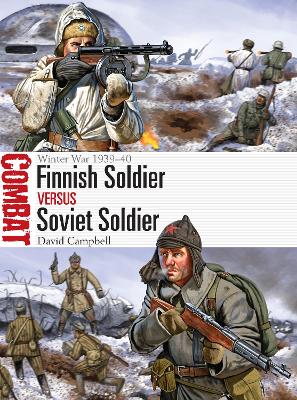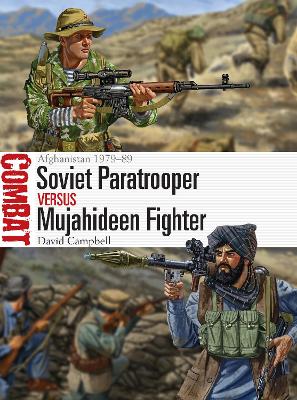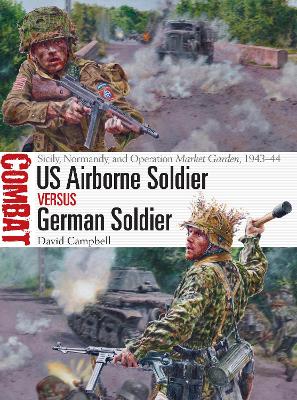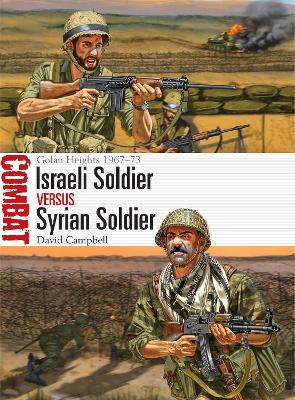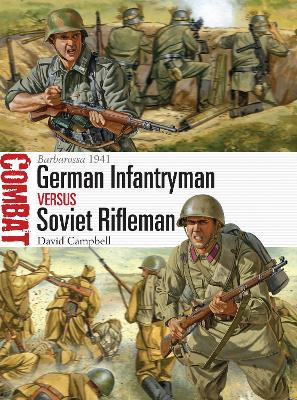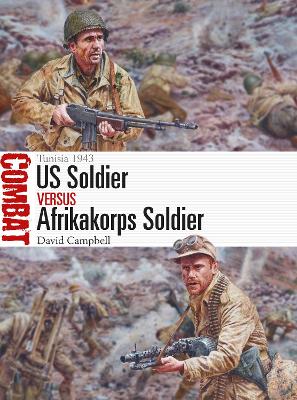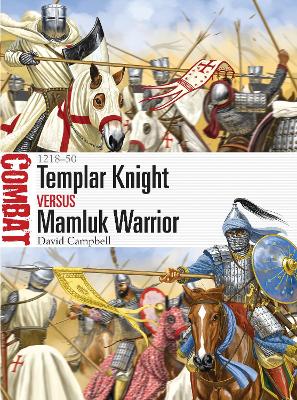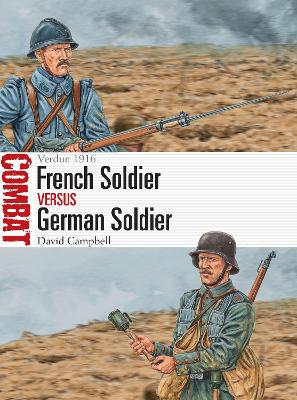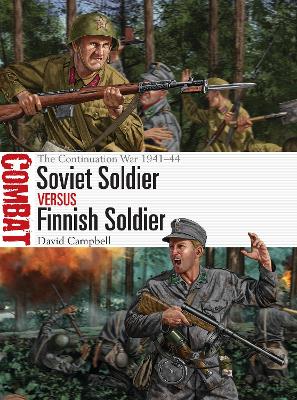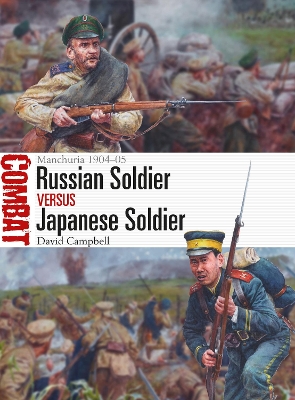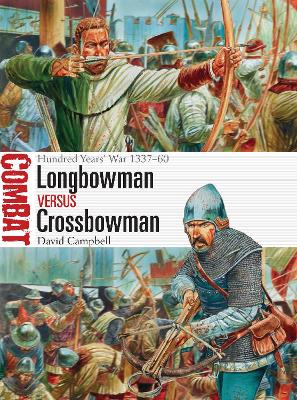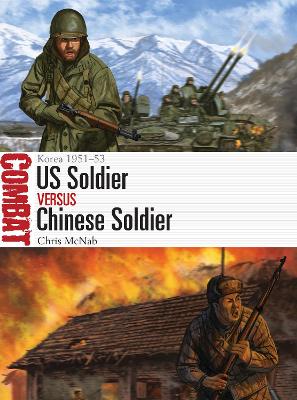Combat
3 primary works • 12 total works
Book 21
Detailed maps and specially commissioned artwork highlight key moments in the Winter War, a David-and-Goliath conflict that saw the Soviet Union suffer horrendous losses as they tried to recover from each disastrous defeat.
Book 29
The Soviet army was in generally poor condition when the war started, but the troops of the airborne and air assault units were better trained and equipped. As a result they developed aggressive, sometimes effective tactics against an enemy that refused to behave the way most Soviet commanders wished him to.
Featuring specially commissioned artwork, this absorbing study examines the origins, combat role and battlefield performance of the Soviet Union's paratroopers and their Mujahideen adversaries during the long and bloody Soviet involvement in Afghanistan during the 1980s.
Book 33
Using specially commissioned artwork, this book examines the development of the American airborne forces that spearheaded the Allied effort in Sicily, Normandy and Operation Market Garden, and the German countermeasures that evolved in response to the threat of Allied airborne landings.
The US Army was powerfully well armoured and equipped, but fresh to war, and it showed. Organization suffered from a surfeit of peacetime theories and training was insufficient and ill-applied. Despite such failings the US GIs and their commanders learned very quickly, adapting to German tactics and the realities of mechanized warfare. The Axis forces in North Africa were seasoned by years of fighting against increasingly powerful British and Commonwealth forces, and were led by one of the Reich’s most capable generals. The German doctrine of mechanized warfare had proved itself time and again, but ever-growing logistical and supply problems were blunting its effectiveness.
From Sidi Bou Zid to El Guettar, this fully illustrated study pits the US Army against the best that the Axis forces in Africa had to offer.
During the protracted struggle for Verdun, the two sides’ infantrymen faced appalling battlefield conditions; their training, equipment and doctrine would be tested to the limit and beyond. New technologies, including flamethrowers, hand grenades, trench mortars and more mobile machine guns, would play a key role in the hands of infantry specialists thrown into the developing battle, and innovations in combat communications were employed to overcome the confusion of the battlefield. This study outlines the two sides’ wider approach to the evolving battle, before assessing the preparations and combat record of the French and German fighting men who fought one another during three pivotal moments of the 10½-month struggle for Verdun.
The evolving military situation in this sector of the Eastern Front meant that the soldiers of the Soviet Union and Finland fought one another in a variety of challenging settings, prompting both sides to innovate as new technologies reached the front line. In this study, the doctrine, training, equipment and organization of both sides' fighting men are assessed and compared, followed by a detailed assessment of their combat records in three key battles of the Continuation War.
Examining these two armies in detail, this fully illustrated study tells the story of how these two empires clashed in the Russo-Japanese War, heralding a new phase in modern warfare as World War I loomed on the horizon.
This study examines three battles - Sluys (1340), Crecy (1346) and Poitiers (1356) - and shows how the use of the longbow allowed England's armies to inflict crushing defeats on numerically superior forces. The longbow changed the shape of war, becoming the defining weapon of the age and wreaking havoc upon the French armies that would face it. Featuring full-colour artwork, this is the engrossing story of the first clashes between the English longbowmen and the crossbowmen of the French king on the bloody battlefields of the Hundred Years' War.
On June 25, 1950, North Korean troops invaded South Korea, triggering a bitter conflict that drew in US and other United Nations forces in support of the South, and soon prompted the Chinese to intervene on the side of the North. Featuring specially commissioned artwork, this study assesses the US and Chinese forces that clashed at Chipyongni (February 13-15, 1951), Triangle Hill (October 14-25, 1952), and Pork Chop Hill (July 6-11, 1953), casting light on the origins, doctrine, and combat effectiveness of these two very different forces during the struggle for victory in Korea.
The Chinese forces fighting in Korea were composed of experienced, confident soldiers buoyed by the Communists' success in the recent Chinese Civil War. Initially armed and equipped with much the same weaponry and doctrine that they had employed in World War II, US Army units in Korea would often find themselves outnumbered, fighting in extremely difficult terrain that precluded the widespread use of armor. Both sides would be tested to the limit by the demands of fighting in such a formidable setting.
